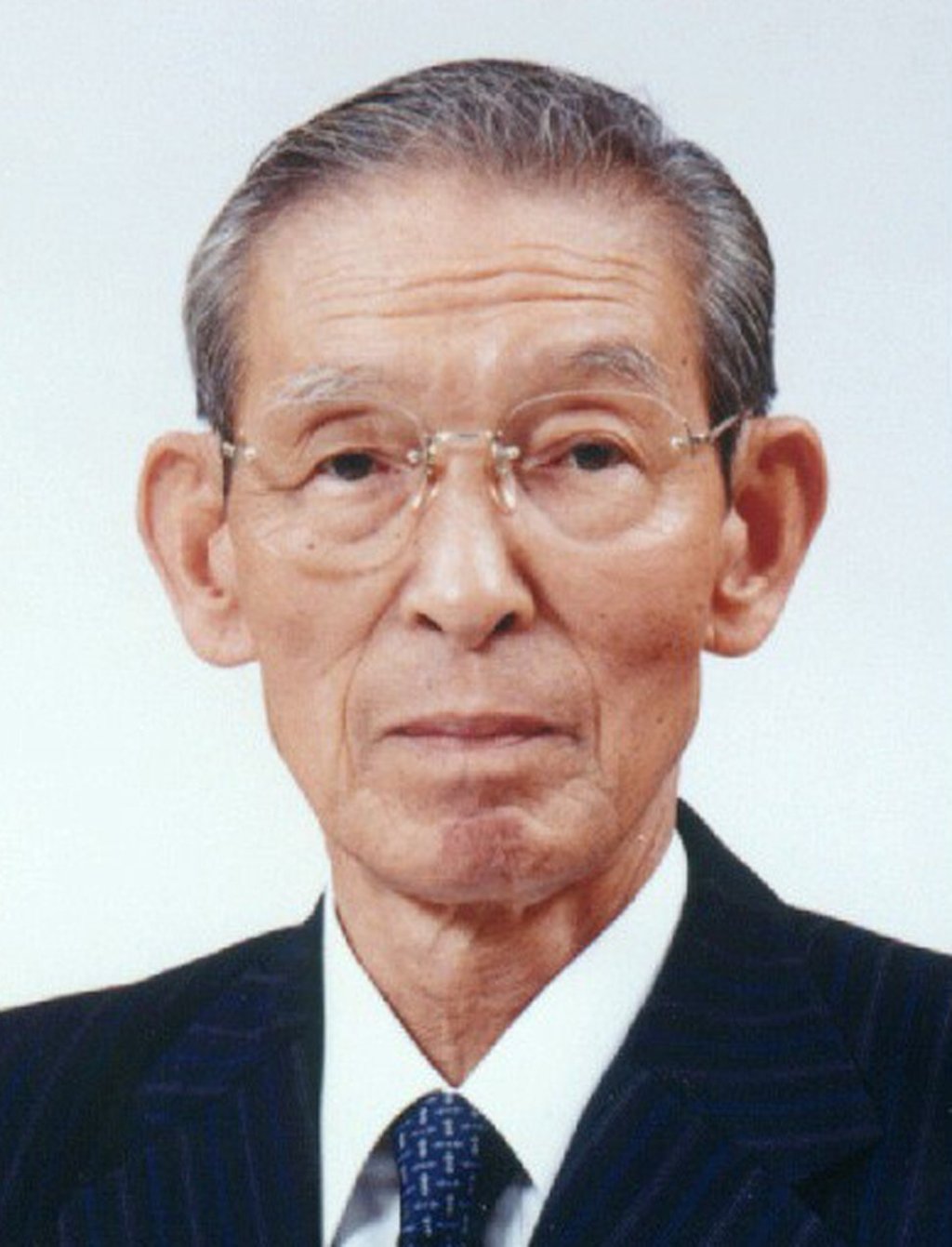The story of Casio: before the G-Shock watch came calculators, musical instruments and cameras
- Casio pioneered the electronic calculator before branching out into clocks, and digital watches, cameras and musical instruments
- It also invented the G-Shock watch, famous for being unbreakable, which is in its 37th year of production

From a corner of Casio Computer’s cluttered research and development facility comes a constant tap, tap, tap. Behind boxes of components, desks heaped with technical readouts and dismembered electronics, an experiment is taking place. The arms of a home-made testing contraption are rising and falling, dropping two G-Shock wristwatches over and over again onto a concrete slab.
The machine was devised by Casio’s engineers because previously the company had no equipment at the Hamura research and development centre, northwest of central Tokyo, to test a watch as tough as the G-Shock.
An engineer glances over at the device and agrees that the timepieces are in good shape despite being dropped every couple of seconds for a week.
While the G-Shock is renowned for its durability, it is equally impressive that a concept that in April celebrated 37 years of production is still considered cutting-edge.

The G-Shock is among the most instantly recognisable of Casio’s products, although the company got its start in the post-war years by revolutionising the calculator, before branching out into clocks, digital cameras, musical instruments and a range of other electronic devices.
Casio traces its roots back to Tadao Kashio, who was born in Kochi prefecture in southern Japan in 1917. His family moved to Tokyo when he was five, and Kashio started work as a lathe operator after completing high school.